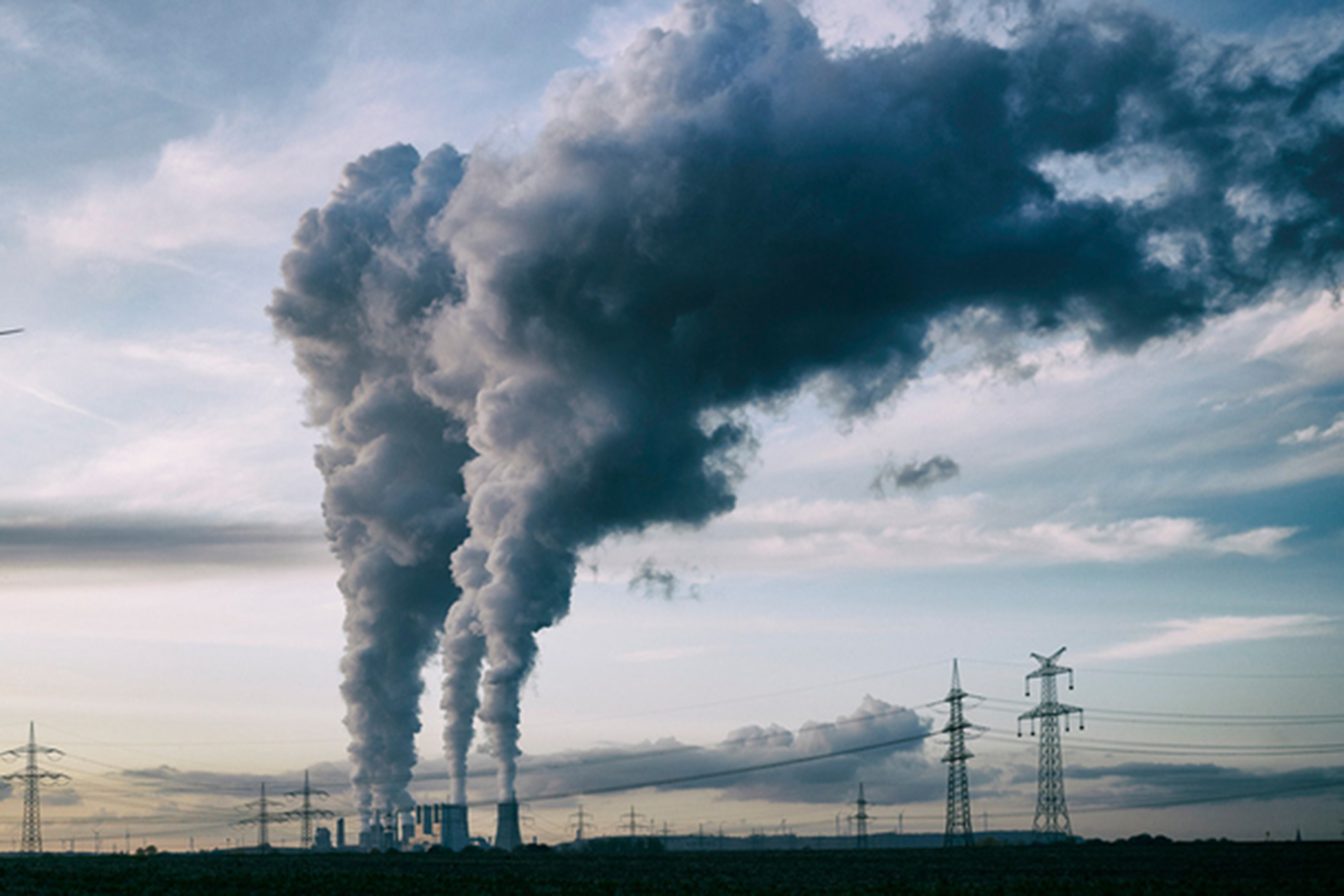The Tale of a Carbon Wrangler
-
-
MIT Technology Review
- 1
Filed Under
Recommended

Humanity has dumped more than 2.2 trillion tons of carbon dioxide into Earth’s air and oceans, and Julio Friedmann ’88, SM ’90, has made it his job to undo the climate damage.
The solution is not only to stop putting CO2 into the environment but also to take it out, says Friedmann, who calls himself a “carbon wrangler.” He is working on this goal as chief scientist at Carbon Direct, which invests in companies focused on carbon capture, carbon removal, and clean fuels.

Trained in geoscience and music at MIT, Friedmann was introduced to climate science in 1993 while earning his PhD in geology at the University of Southern California. His first job after USC, though, was as a scientist at ExxonMobil. “It seems counterintuitive, but it was wonderful,” he says. He gained collaboration skills and learned how an energy company operates.
In 2002 he took an adjunct faculty position at the University of Maryland, where he discovered the emerging field of carbon capture and storage (CCS). “This is where the puzzle pieces fit together,” he says. “I could take everything I learned at Exxon, run it backwards, and solve a major problem.” CCS was so new that he became an international expert in 18 months. That led him to Lawrence Livermore National Laboratory, where he was chief energy technologist before becoming principal deputy assistant secretary for the Office of Fossil Energy in the US Department of Energy, where he served under Secretary of Energy Ernie Moniz (a member of the MIT faculty).
Over the years, Friedmann has adjusted his career focus. “In 2002, I saw that we did not have the science and technology we needed to do carbon management at scale,” he says. So his research spanned such topics as smart grids, geothermal power, and CCS. When he realized that the technology problem had been substantially addressed at the end of his government stint, he joined Columbia University’s Center on Global Energy Policy and investigated policies to decarbonize manufacturing, support green hydrogen, and incentivize CCS. Once the policy problem seemed well in hand, he moved on to his current position. “Now it’s about deployment,” he says. “That’s done in the private sector.”
Carbon Direct tackles what he calls “the hardest parts of the problem,” like decarbonizing steel and concrete production, which together account for roughly 15 percent of global CO2 emissions. One company it supports developed a novel way to make low-carbon cement, and another uses minerals as a sorbent for direct air capture of CO2. “Those technologies weren’t real five years ago, but they’re real now,” he says, “so you better put money to work on them.”
This article also appears in the November/December issue of MIT News magazine, published by MIT Technology Review.
Top image: iStockphoto; inset photo courtesy of Julio Friedmann
Interested in climate issues? Connect with the MIT Alumni Energy, Environment and Sustainability Network, a group of alums concerned about improving the world’s complex environmental and energy systems.








Comments
William Hederman
Tue, 10/31/2023 3:30pm
Carbon to Wrangle
Julio, I don't think I knew you were also MIT when we were both working for Ernie. Nice to discover this.
I advise a company that can provide serious decarbonization in NYC for no capital cost - so, ConEd was not interested! I'm in the MIT alum directory. Please reach out to me.
Bill